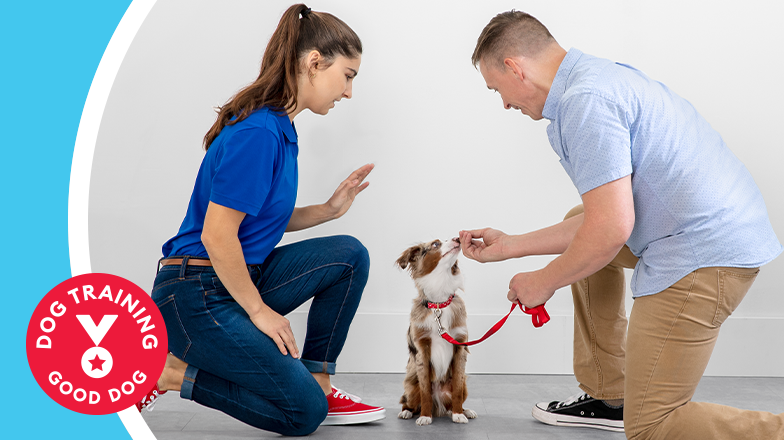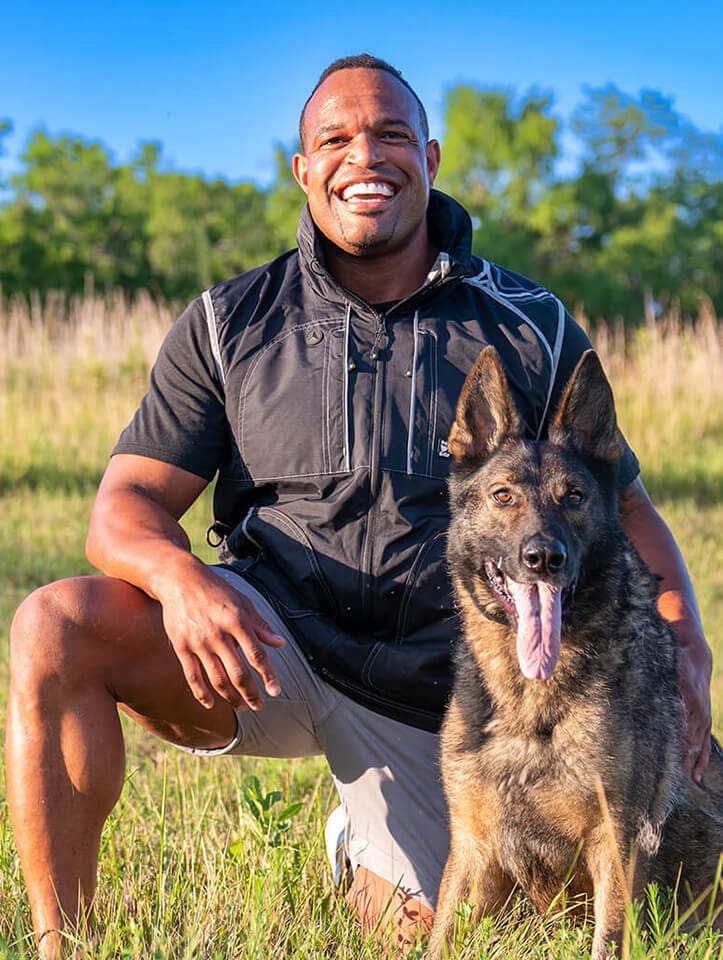Leading Canine Training Strategies Every Proprietor Must Know

Positive Reinforcement Strategies
Using favorable reinforcement strategies is vital for efficient pet dog training, as it fosters a trusting bond between the trainer and the pet dog. This approach concentrates on satisfying preferable behaviors as opposed to punishing unwanted ones, producing a setting for finding out. Incentives can include treats, praise, or play, which inspire pets to duplicate the habits that earn them these incentives.

Additionally, this technique improves the pet dog's interest for training sessions. When dogs link training with positive experiences, they are much more involved and responsive. Beyond instant therapy, positive reinforcement motivates a joint relationship between the canine and fitness instructor, reducing anxiety and worry
To take full advantage of performance, it is important to provide benefits without delay, ensuring the canine links the actions with the support. Essentially, positive support techniques not only generate better-trained pets however additionally advertise an unified collaboration between canine and owner.
Remote Control Training Approach
The remote control training method is a highly effective method that develops upon the concepts of favorable support by including a distinctive audio to mark desired behaviors. This method utilizes a little portable tool that produces a clicking sound, enabling instructors to connect with their pets in a immediate and clear manner. When a canine carries out a habits that the owner wants to urge, the remote control is triggered, complied with by a reward, normally in the type of treats or praise.
The secret to effective remote control training depends on uniformity and timing. It is important to click at the specific moment the desired actions takes place, ensuring that the pet connects the sound with the activity and the succeeding benefit. This method not just improves communication yet likewise promotes a more powerful bond in between the pet and the owner, as it encourages involvement and interaction during training sessions.
Remote control training can be put on a variety of commands and actions, from basic obedience to more intricate techniques. Its versatility and effectiveness make it a popular technique among professional instructors and animal proprietors alike, leading the way for a well-trained and receptive canine companion.
Chain Training Essentials
Efficient chain training is crucial for making sure a enjoyable and risk-free strolling experience for both dogs and their proprietors. Dog training. Leash training must begin very early and be approached with persistence and consistency. Begin by selecting a suitable chain and collar or harness. A level collar might function for some pet dogs, while others may gain from a harness that lowers drawing.
Introduce your canine to the chain gradually, enabling them to discover it in a comfy setting. Once they are accustomed, practice loose-leash strolling. This includes rewarding your pet dog for walking next to you instead of drawing ahead. Usage treats and appreciation to enhance wanted behavior, and make certain to continue to be tranquil and assertive.
If your pet starts to draw, quit strolling instantly. Wait until they return to your side before resuming. This teaches them that pulling does not lead to proceed. In addition, technique numerous strolling atmospheres to help your dog adjust to disturbances.
Regular technique will certainly strengthen your pet's understanding of chain etiquette. Keep in mind that chain training is an ongoing process; perseverance and uniformity will generate the most effective results, fostering a favorable experience for both you and your canine companion.
Socializing Approaches
Socialization is a vital element of canine training that should preferably begin during puppyhood yet can be advantageous at any age. Efficient socialization assists canines develop confidence and lowers the probability of behavioral concerns. To carry out successful socializing techniques, reveal your canine to a selection of environments, individuals, and various other animals.
Begin with controlled settings, such as pup classes or organized playgroups, where reference young dogs can engage securely. Gradually present your dog to new experiences, consisting of various noises, surface areas, and tasks. Ensure these experiences are favorable and satisfying to establish a feeling of safety and security.
For grown-up dogs or those doing not have direct exposure, begin with low-stress circumstances. Short, favorable communications with friendly people and calm pet dogs can develop positive organizations. Utilize treats and appreciation to reinforce preferable behaviors throughout these experiences.

Uniformity and Patience
Identifying the value of consistency and perseverance in canine training is vital for achieving long-term results. Irregular training can lead to confusion, making it hard for the canine to realize commands or habits, eventually preventing development.
In addition, persistence is a vital part of effective training. Pet dogs, like people, learn at their very own rate. Some may understand principles quickly, while others might take longer. It is essential for proprietors to remain calm and helpful, reinforcing positive behavior without turning to stress or punishment. This fosters a relying on relationship between the pet dog and proprietor, urging a more prepared and enthusiastic student.
To grow consistency and persistence, develop a routine training regular, utilize the exact same commands, and make certain that all relative apply the exact same training principles - Dog training. By doing so, you produce a secure setting conducive to discovering, enabling your pet to thrive and develop right into a well-behaved companion
Conclusion
To conclude, effective dog training strategies, such as favorable support, remote control training, and appropriate chain training, are essential for fostering a healthy owner-dog connection. In addition, implementing socializing approaches and link preserving consistency and patience throughout the training procedure contributes substantially to a canine's total wellness. By integrating these approaches, canine proprietors can assist in the development of well-adjusted, obedient pets, inevitably enhancing the high quality of life for both the dog and the owner.
Amongst the most famous techniques are positive reinforcement, remote control training, and chain training, each offering one-of-a-kind more helpful hints advantages that add to a well-behaved pet dog. As we explore these basic techniques, it becomes obvious that mastering their nuances can significantly affect the training experience and the pet's general actions.Utilizing favorable support techniques is crucial for effective pet dog training, as it fosters a trusting bond in between the trainer and the canine.In verdict, reliable canine training methods, such as favorable support, clicker training, and appropriate chain training, are essential for promoting a healthy and balanced owner-dog partnership. By integrating these methods, pet dog proprietors can promote the development of well-adjusted, obedient animals, eventually boosting the quality of life for both the canine and the owner.